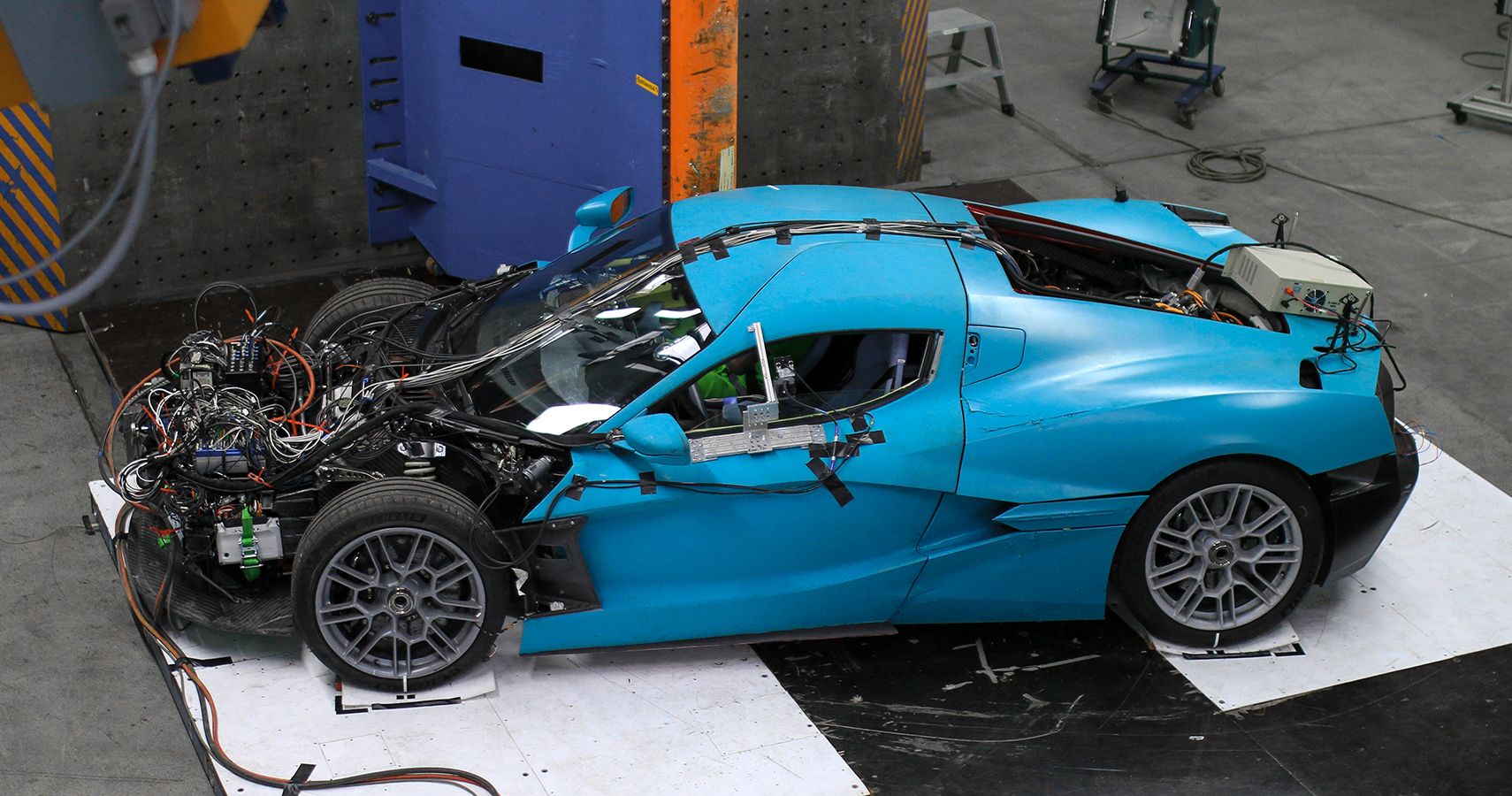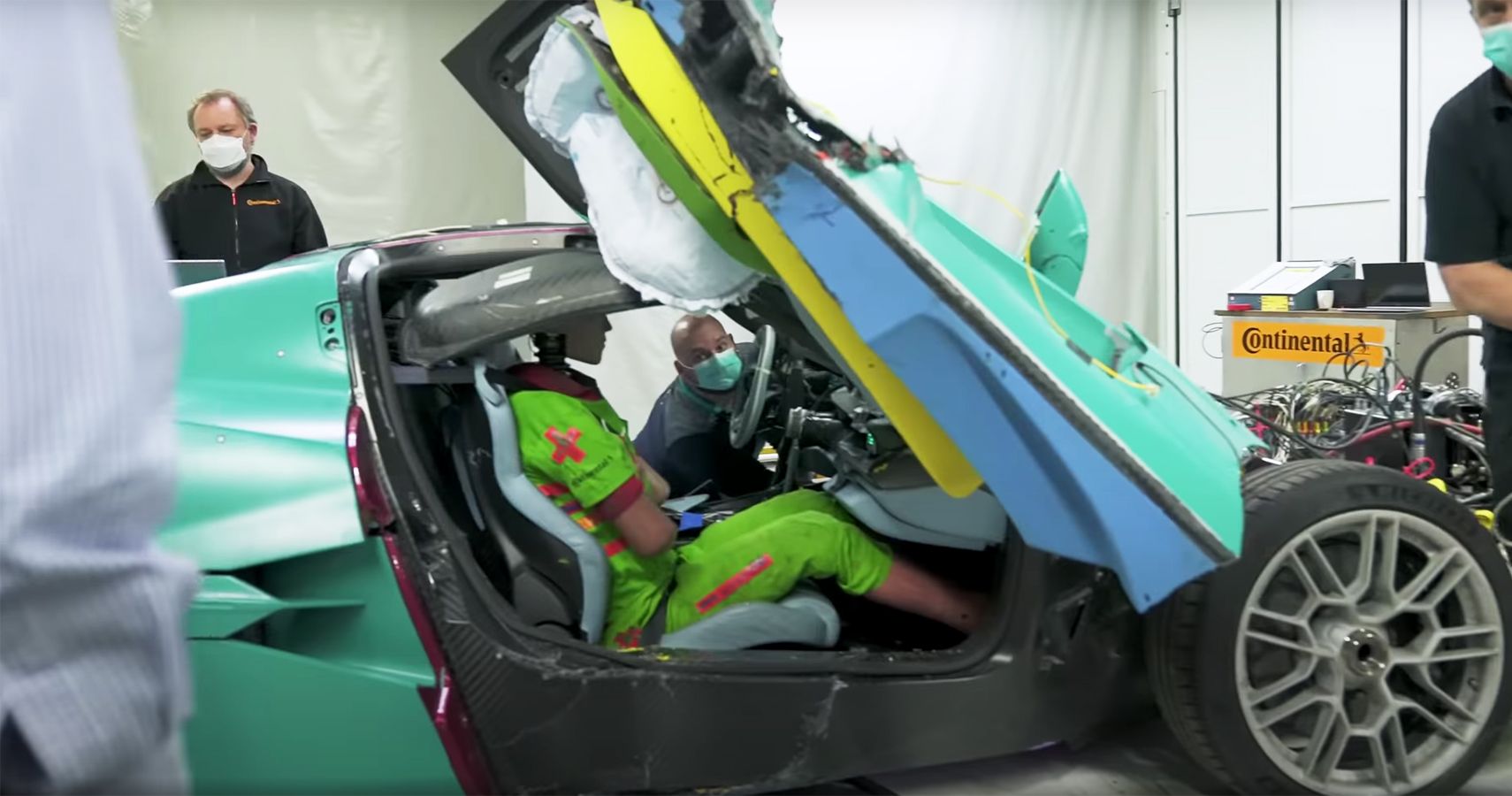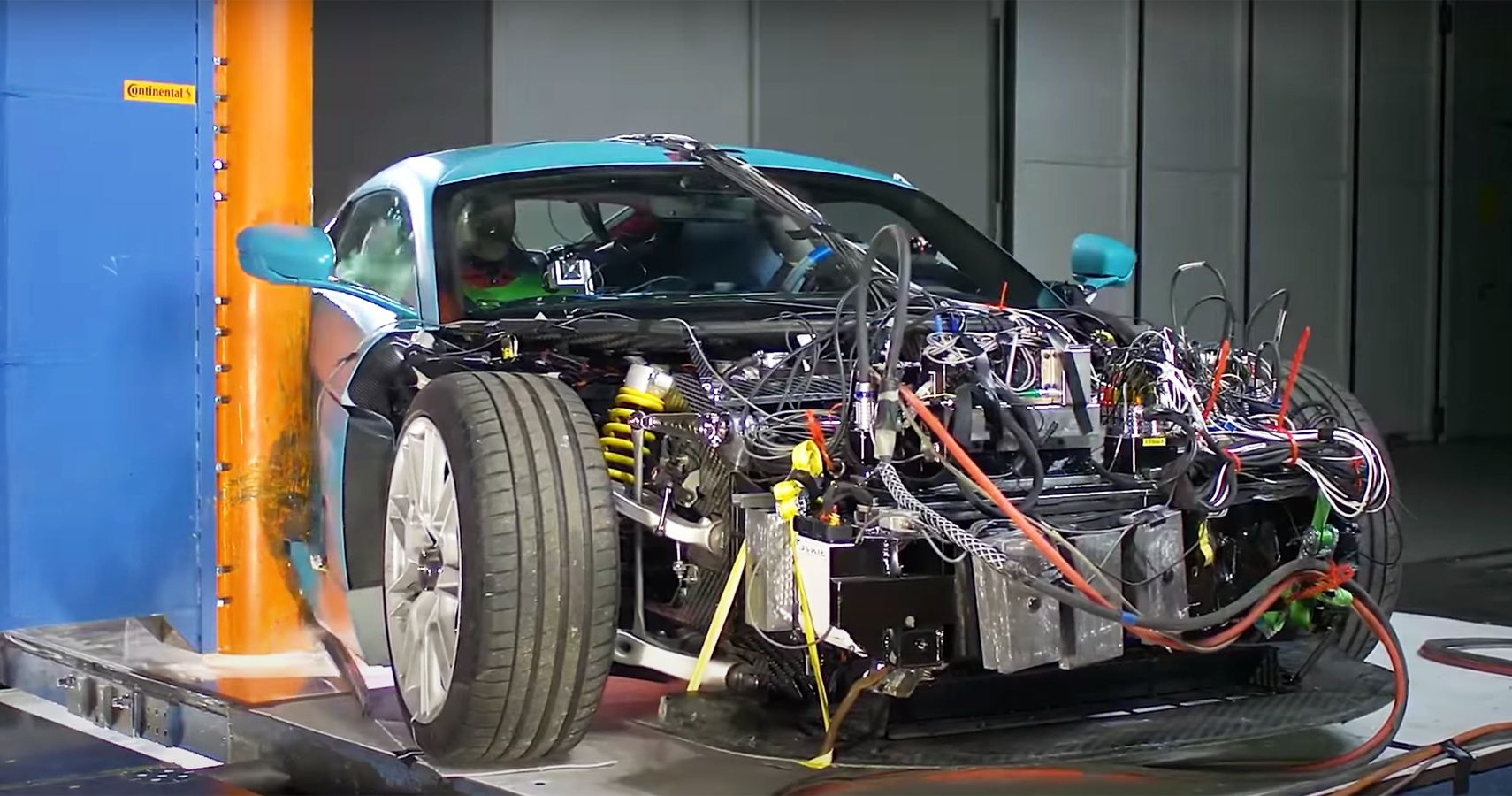Crashing a car worth nearly $2.3 million is the last thing anyone would do. But Rimac crashed not just one but ten Nevera hypercars to ensure that its next-generation all-electric hypercar is safe to drive on the road. Nevertheless, Rimac isn’t crashing Nevera prototypes anymore, as it already completed the hypercar’s intense crash test program.
Reason For Crashing A $2.3-Million Nevera Prototype
Before Rimac can finally sell the Nevera to its target customers, it needs to ensure that the hypercar is properly homologated to their respective global markets. Rimac plans to sell the Nevera to customers around the world, but it needs to ensure that it can legally sell the hypercar to where their clients reside. Rimac has already completed the tests for European homologation in 2021, and the final test concluded the passive safety tests for homologation in the United States.
Rimac’s final test for the Nevera was a very demanding side pole test that simulates a side impact with a lamppost. Conducted at the end of January, the test entails crashing one side of the Nevera to a stationary object at a speed of around 20 mph. Many consider this to be one of the most difficult crash tests, as there is usually little structure between the occupant and the pole.
Rimac Nevera Aces 20-MPH Side Pole Test
Mat Watson of CarWow had the privilege of crashing a Nevera into a post for the final test. Of course, Mat wasn’t in the driver’s seat but was the one to press the “go” button to commence the test. The test challenged Rimac’s claim that Nevera is the stiffest production car ever with a torsional rigidity of 70,000 Nm/degree, attributed to its advanced carbon fiber monocoque.
In just a few seconds, the side pole test was over, and so was the elegant exterior of the Nevera prototype. The $227,000 crash test dummy experienced up to 25G of lateral acceleration. But the hypercar aced the tests, as its structure proved to be so effective at distributing the crash energy. In fact, one can still open the door on the impact side after the test, and the dummy’s load results were all green with a high margin.
Homologation Done After Four Years And Nine Destroyed Neveras
Overall, the global homologation of the Nevera took four years, thousands of digital simulations, 45 separate physical crash tests, and several static passive safety tests to complete. Rimac crashed around $1m worth of Nevera hypercars, but did so with good intentions.
Source: Rimac



